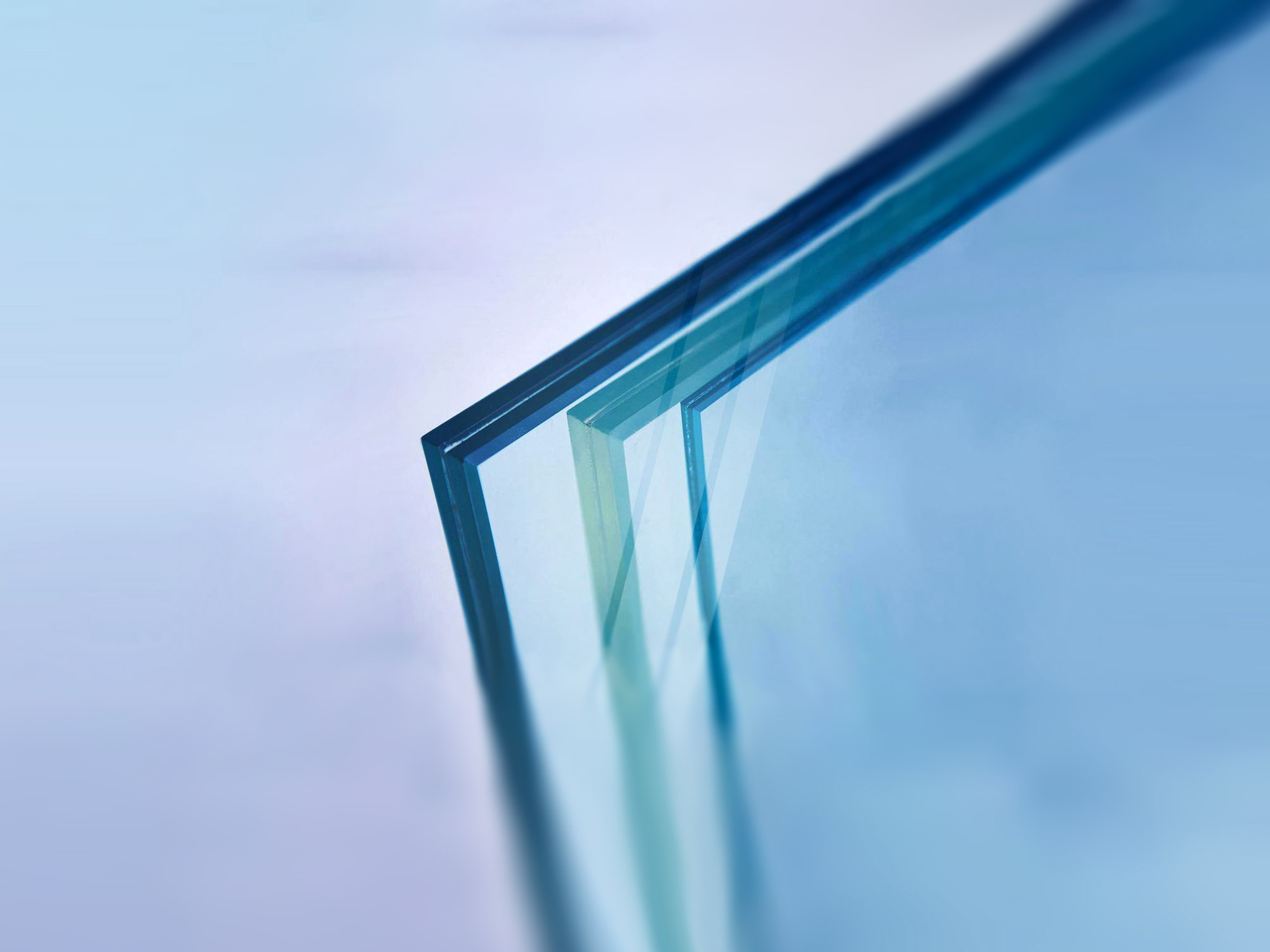

The Importance and Benefits of Low-E2 Glass in Modern Architecture
In the ever-evolving realm of architecture and building design, the materials utilized play a crucial role in determining the energy efficiency, aesthetic appeal, and overall performance of structures. One such material that has gained significant popularity in recent years is Low-E2 glass. This advanced type of glass has revolutionized the way builders and architects approach window and façade design, resulting in numerous benefits for both residential and commercial buildings.
Low-E2 glass, or low-emissivity glass, features a microscopically thin, transparent coating that reflects heat while allowing visible light to pass through. This unique characteristic makes it an ideal choice for energy-efficient buildings. Unlike traditional glass, which transmits both heat and light, Low-E2 glass effectively minimizes the amount of infrared radiation that can penetrate through windows and doors. As a result, buildings equipped with Low-E2 glass can maintain more stable indoor temperatures, reducing the reliance on heating and cooling systems throughout the year.
The Importance and Benefits of Low-E2 Glass in Modern Architecture
Moreover, Low-E2 glass contributes to the overall comfort of indoor spaces. By reducing glare and minimizing temperature fluctuations, occupants can enjoy a more pleasant living or working environment. Natural light is a coveted element in design, and Low-E2 glass allows architects to maximize daylighting opportunities without compromising on energy performance. This balance creates bright, inviting spaces that enhance productivity and well-being.

From an environmental perspective, the use of Low-E2 glass supports sustainability initiatives. Buildings account for a significant portion of energy consumption and greenhouse gas emissions. By incorporating energy-efficient materials like Low-E2 glass, architects can help mitigate these impacts. Furthermore, many Low-E glass products are made from recycled materials, reducing the overall ecological footprint of construction projects.
In addition to energy efficiency and sustainability, Low-E2 glass offers enhanced durability and performance. The coating on Low-E2 glass not only improves insulation but also serves as a protective layer, reducing the accumulation of dirt and grime. This self-cleaning property lessens maintenance requirements, making it an appealing option for high-rise buildings and hard-to-reach areas.
Aesthetically, Low-E2 glass has the versatility to complement a wide range of architectural styles. Available in various tints and finishes, it can be customized to meet the design preferences of architects and builders. The sleek appearance of Low-E2 glass enhances the overall visual appeal of a building, providing a modern, sophisticated touch that attracts attention.
In conclusion, Low-E2 glass is a transformative material that brings a multitude of benefits to modern architecture. Its energy-efficient properties, contribution to occupant comfort, environmental sustainability, durability, and aesthetic appeal make it an excellent choice for contemporary building projects. As the demand for energy-efficient and sustainable design continues to rise, Low-E2 glass is poised to play an even more significant role in shaping the future of architecture, creating a win-win scenario that benefits both builders and occupants alike.